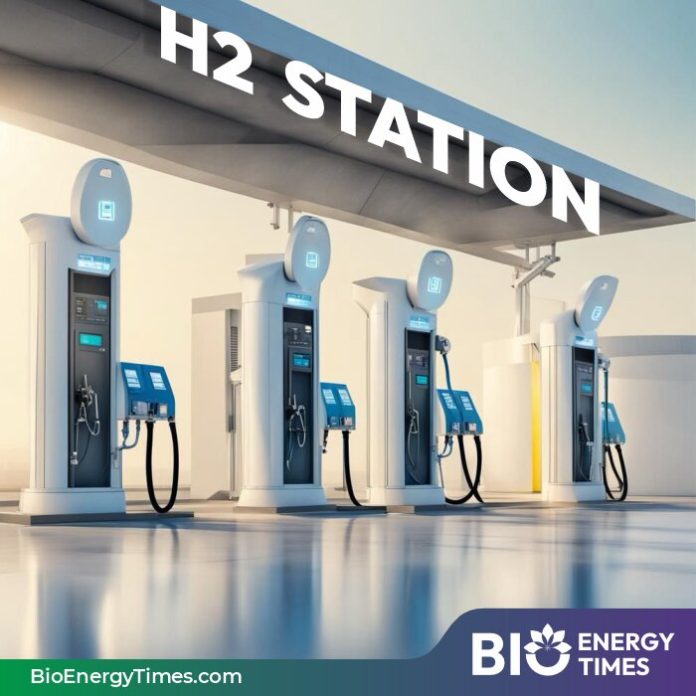Researchers at the University of Nottingham have made a significant breakthrough in sustainable energy research, as detailed in a recent publication in the Journal of Material Chemistry A. Their innovative approach to repurposing metal swarf—commonly regarded as industrial waste—into a highly efficient catalyst for hydrogen production is a game-changer in the quest for clean energy solutions.
The Potential of Hydrogen Gas (H₂)
Hydrogen gas stands out as a clean and versatile fuel, capable of powering vehicles, heating homes, and serving as a raw material in various industrial and chemical processes. Its combustion produces nothing but water vapor, positioning it as an eco-friendly alternative to fossil fuels. However, the conventional methods of hydrogen production often involve fossil fuels, which undermines its environmental benefits. Electrolysis of water emerges as a green alternative, demanding only water and electricity, but it hinges on the availability of effective and affordable catalysts.
The Catalyst Challenge
Electrolysis requires a catalyst to facilitate the splitting of water molecules (H₂O) into hydrogen (H₂) and oxygen (O₂). The most potent catalysts typically involve precious metals like platinum, but their high cost and limited supply pose significant barriers. With platinum reserves estimated to last only about 15 years at the current rate of consumption, finding alternative catalyst materials is crucial for the widespread adoption of green hydrogen production.
A Groundbreaking Discovery
The University of Nottingham’s research team, led by Dr. Jesum Alves Fernandes, turned their attention to metal swarf, a byproduct of metal machining, which is often discarded. Utilizing a scanning electron microscope (SEM), they uncovered nanoscale grooves and ridges on the swarf’s surface, ideal for anchoring catalyst atoms. By employing magnetron sputtering, they deposited platinum atoms onto these textured surfaces, forming nanoparticles that nestled into the grooves, thereby creating an exceptionally efficient catalyst. This novel structure enhances the interaction between water molecules and the catalyst, boosting hydrogen production efficiency by up to 50% over traditional catalysts.
Implications for a Sustainable Future
This innovative method could slash the need for precious metals in hydrogen production by up to 90%, significantly lowering costs and fostering a circular economy by repurposing waste. The researchers’ collaboration with AqSorption Ltd aims to scale up this technology, potentially transforming the economy and the environment.
Beyond Efficiency: Durability and Scalability
While the study’s initial focus was on efficiency, subsequent research will delve into the catalyst’s durability and scalability. A durable catalyst must endure the rigorous conditions of electrolysis without degradation, ensuring its long-term effectiveness. Scalability involves the capacity to mass-produce the catalyst to meet the demands of large-scale hydrogen production facilities, a critical factor for its commercial success.
Conclusion
The University of Nottingham’s pioneering work in converting metal waste into a hydrogen catalyst marks a significant stride towards a future powered by clean, sustainable, and affordable hydrogen. This advancement could dramatically reduce our dependence on fossil fuels and alleviate environmental impacts, heralding a new era of energy production.
Disclaimer: The views and opinions expressed in the article by Dilip Patil, Managing Director of Samarth SSK Ltd., are solely his own.














